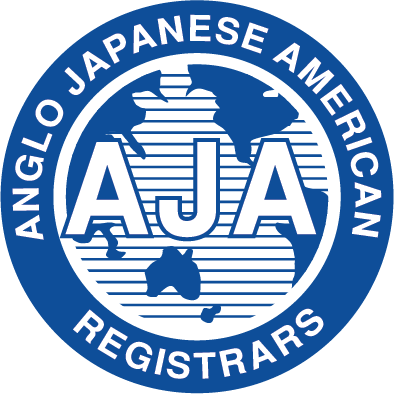
Light calcium stearate is a metal salt of stearic acid and a compound that is physiologically non-toxic. This material has gained increasing importance in various industries in recent years due to its thermal stability, hydrophobic properties and lubricating role.
Calcium stearate is insoluble in most organic and inorganic solvents, and is soluble only in aromatic compounds, chlorinated hydrocarbons, vegetable and mineral oils and waxes under warm conditions.
Key Features and Benefits of Calcium Stearate:
· Non-toxic and environmentally friendly
· Excellent lubricating and anti-sticking properties
· High thermal stability
· Effective performance as a mold release agent
· High hydrophobicity
Applications of Light Calcium Stearate:
· Plastics Industry (PVC Stabilizer): As a PVC thermal stabilizer along with other salts such as zinc stearate, barium stearate, etc. to increase durability and reduce thermal degradation in the extrusion and molding process.
· Pharmaceutical and Cosmetic Industry: As an anti-caking agent in powders and granules, as well as a tablet lubricant in the production of tablets.
· Construction Industry: Used as a water repellent additive to prevent moisture absorption and increase the durability of building materials.
· Rubber and plastics industry: As a plasticizer, lubricant and release agent in the production of rubber and plastic parts.
· Abrasive and sanding industries: In the production of abrasive papers to reduce friction and increase efficiency.
· Food and cosmetic industries: As a permitted additive in some food products, dietary supplements and cosmetic formulations, to increase stability and improve physical properties.
“ Super lightweight ”
FEATURES
| Appearance | Powder |
| Colour | White |
| Ash content % | 7-9 |
| Water content % | 2 Max |
| Free fatty acid % | 0/5-1 |
| Melting Point ℃ | 150-160 |
| Bulk Density g/l | 160 |
| Metal Content % | 6-7 |
| PH | 7 |
| Application | Plastic - rubber - food additives |
SIMILAR PRODUCTS





